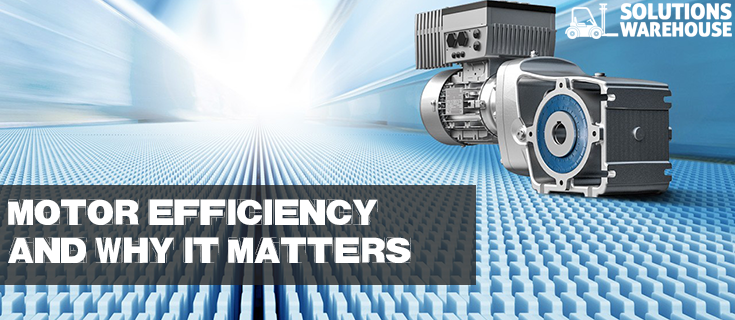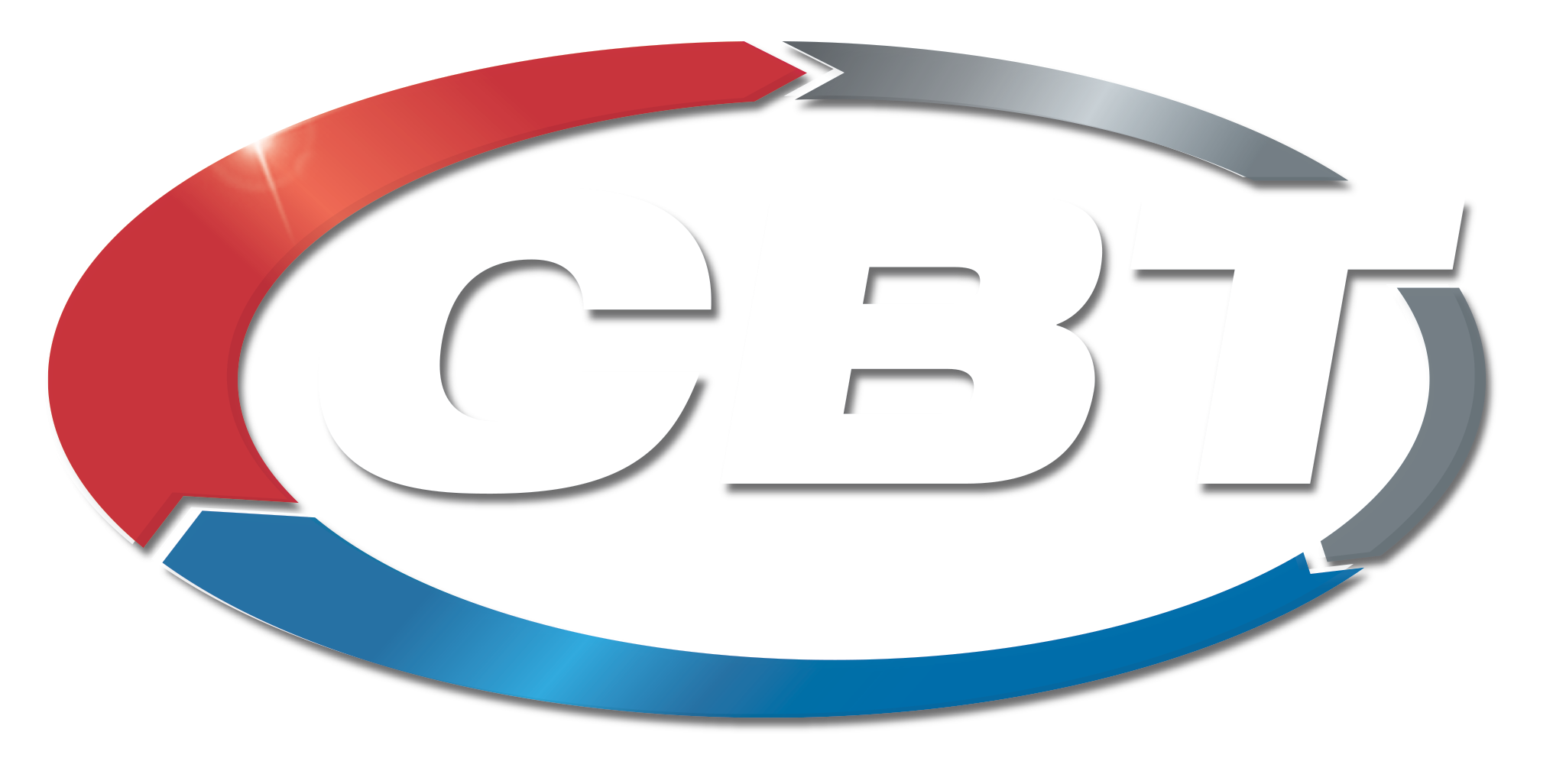 The Department of Energy’s revision to the 2007 EISA regulations requirements for minimum energy efficiency went into effect in June requiring most continuous duty, general purpose, commercial, and industrial electric motors to be at least premium efficient. Mandating higher motor efficiency levels is about managing resources and protecting the environment. Along with all the environmental benefits, efficient use of energy improves cost-efficiencies and increases profitability for businesses and investors. Motor systems are said to account for approximately 60-70% of the total energy used in industrial areas. Studies have shown that for many motor applications the combined costs of purchasing, installing, and maintaining these motors only represents about 5% or less of the cost of ownership, whereas the operating energy costs represent nearly 95% of the cost of ownership. CBT partner, Nord Drive Systems’ motor product portfolio offers premium efficient motors labeled for continuous duty and a line of motors specifically for intermittent duty applications in order to meet the new requirements. All Nord motors are inverter duty rated and produce improved dynamic performance when paired with a high-performance AC vector drive. Nord motors and AC drives are also UL recognized and CSA approved. UL (Underwriters Laboratiories Inc.) tests for all foreseeable electrical hazards to life and property, and CSA is essentially the Canadian equivalent. Safety conscious purchases and end users can equate the UL and CSA symbols with product safety and quality.
The Department of Energy’s revision to the 2007 EISA regulations requirements for minimum energy efficiency went into effect in June requiring most continuous duty, general purpose, commercial, and industrial electric motors to be at least premium efficient. Mandating higher motor efficiency levels is about managing resources and protecting the environment. Along with all the environmental benefits, efficient use of energy improves cost-efficiencies and increases profitability for businesses and investors. Motor systems are said to account for approximately 60-70% of the total energy used in industrial areas. Studies have shown that for many motor applications the combined costs of purchasing, installing, and maintaining these motors only represents about 5% or less of the cost of ownership, whereas the operating energy costs represent nearly 95% of the cost of ownership. CBT partner, Nord Drive Systems’ motor product portfolio offers premium efficient motors labeled for continuous duty and a line of motors specifically for intermittent duty applications in order to meet the new requirements. All Nord motors are inverter duty rated and produce improved dynamic performance when paired with a high-performance AC vector drive. Nord motors and AC drives are also UL recognized and CSA approved. UL (Underwriters Laboratiories Inc.) tests for all foreseeable electrical hazards to life and property, and CSA is essentially the Canadian equivalent. Safety conscious purchases and end users can equate the UL and CSA symbols with product safety and quality.
Motor Efficiency And Why It Matters-FREE Whitepaper
Published: Nov 9 2016
We would love to hear from you. Please login to leave a comment!













